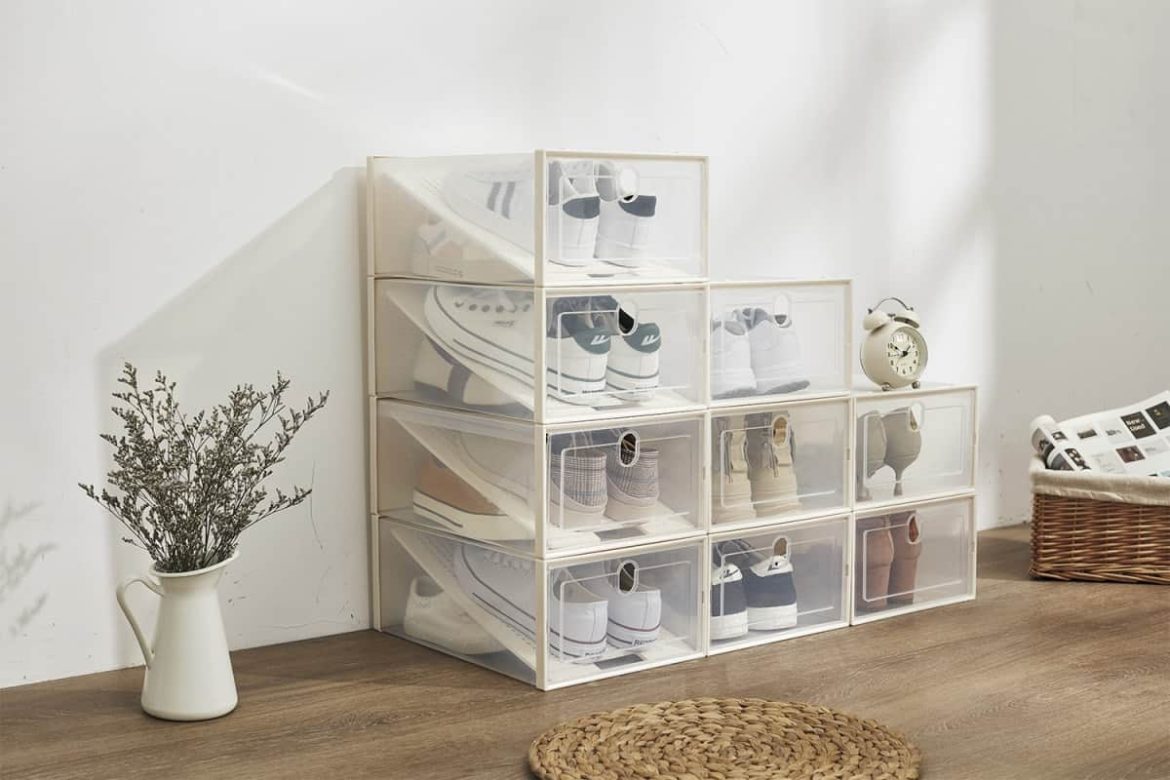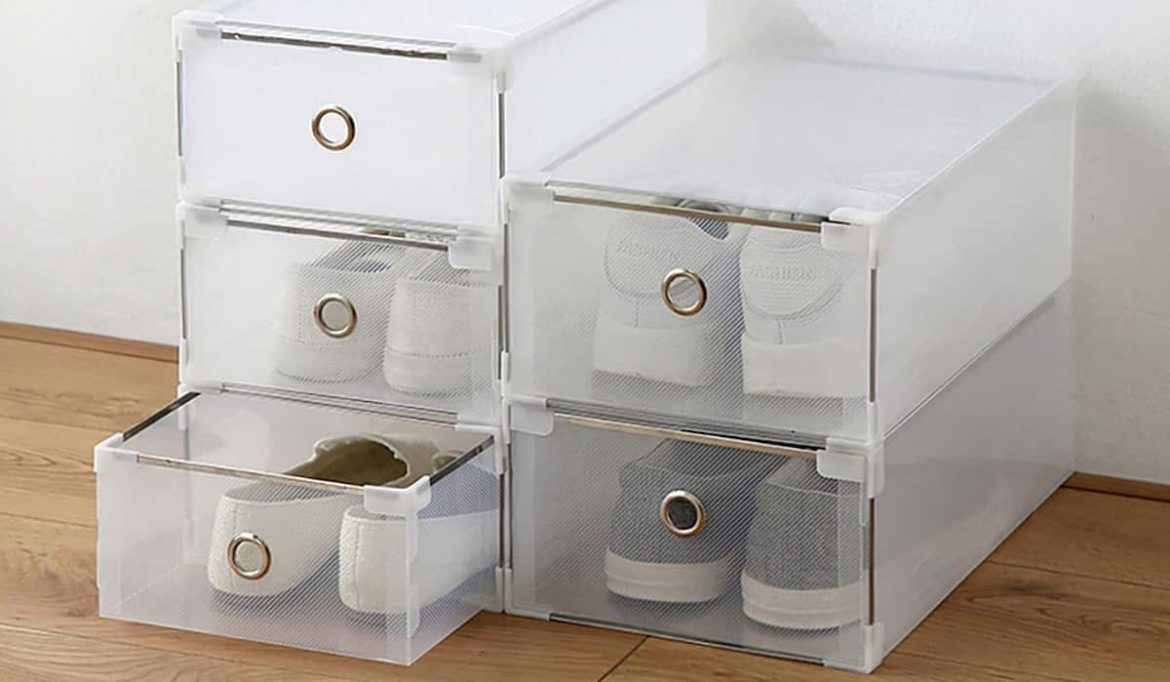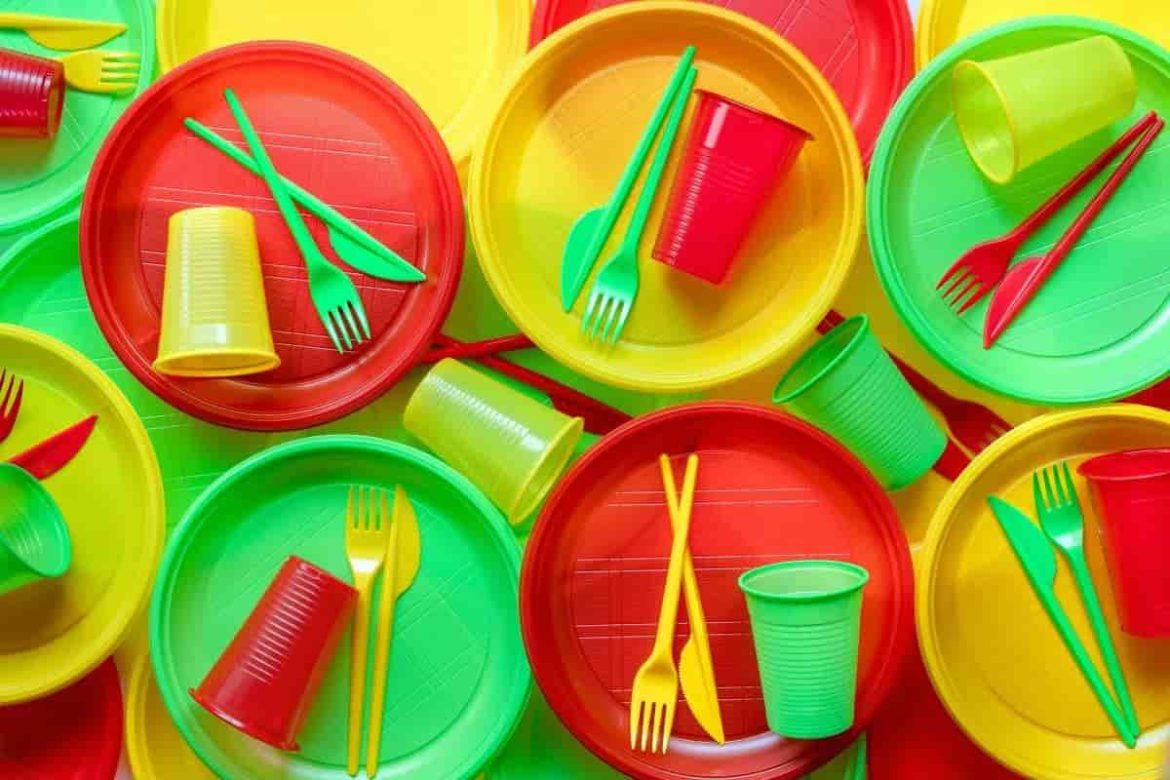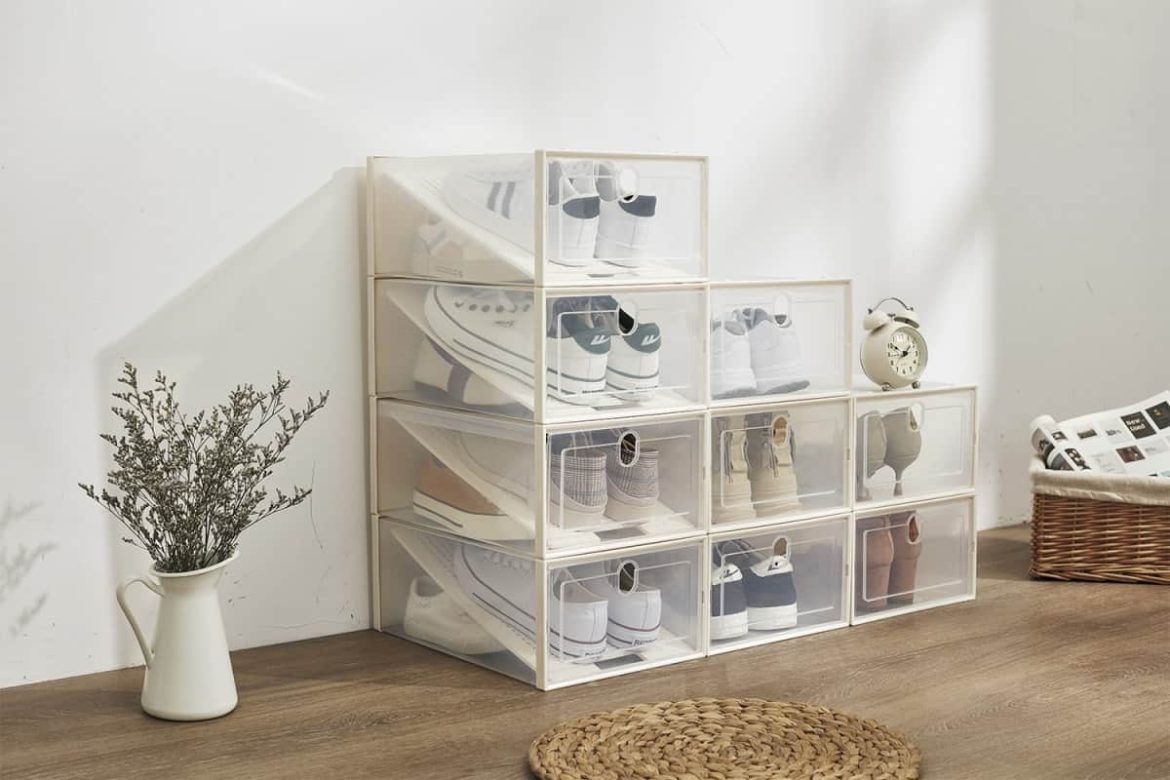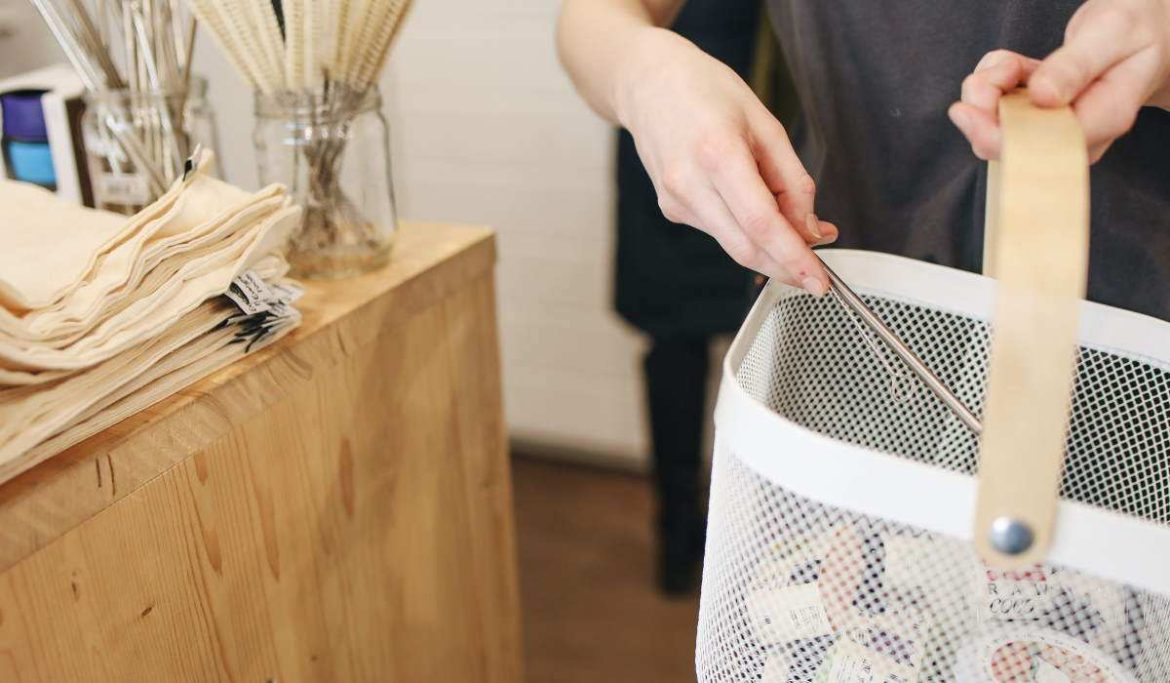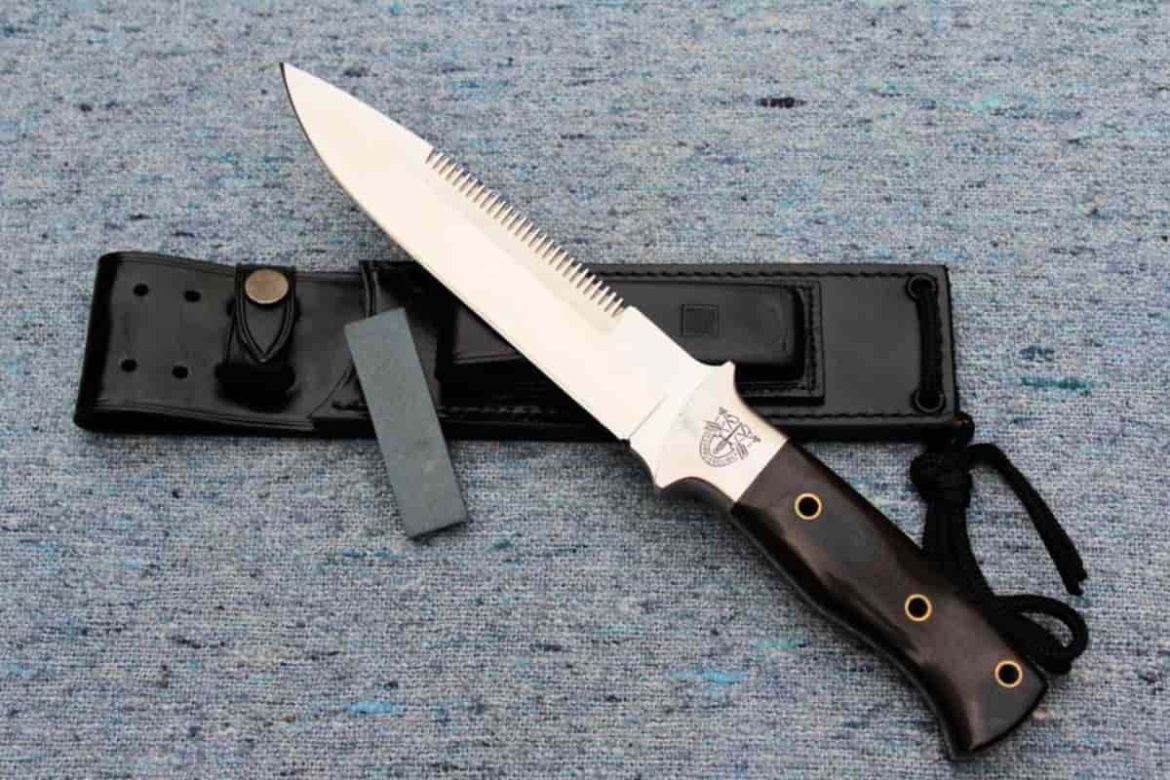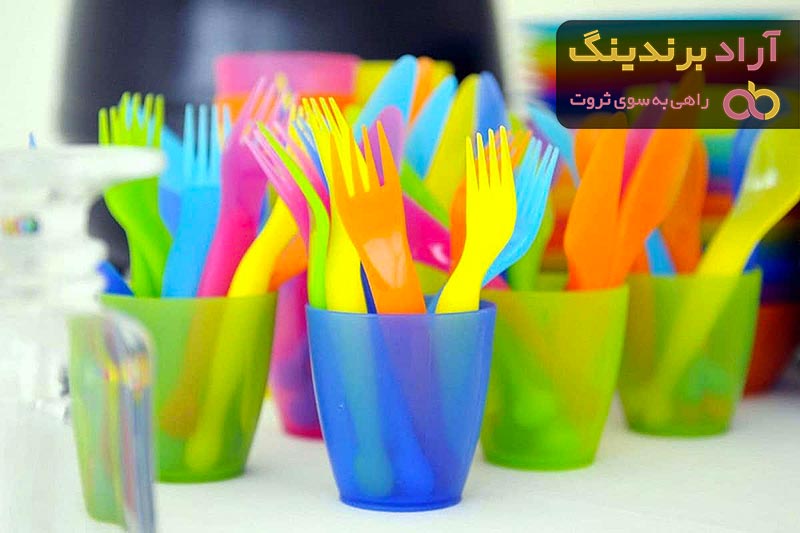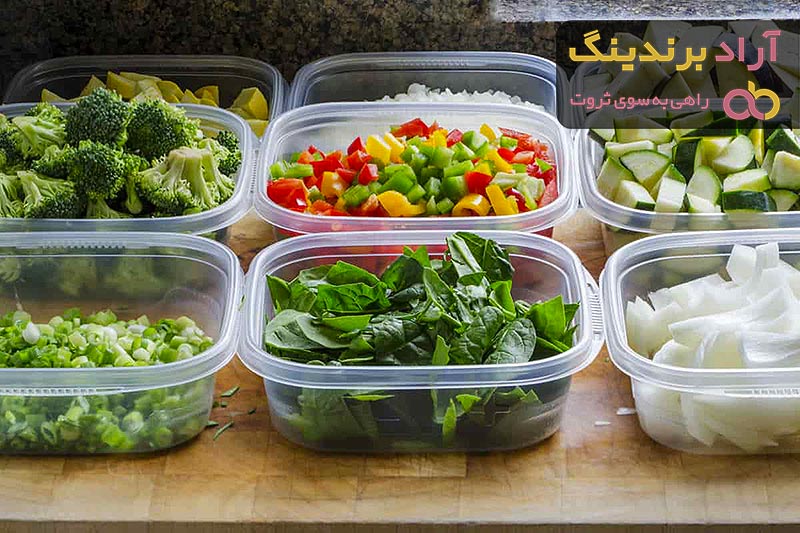Purchase And Price Types of Plastic Materials Products
There are 7 types (some say 10) of raw materials which plastic products are being manufactured from
Synthetic polymers are called plastics
Chemically, these materials consist of a single unit, the monomer, which forms lengthy chains
The length and tightness of these chains affect the finished plastic’s characteristics
Since plastics were mass-produced during World War II, improvements have created thousands of varieties of plastic for practically every usage
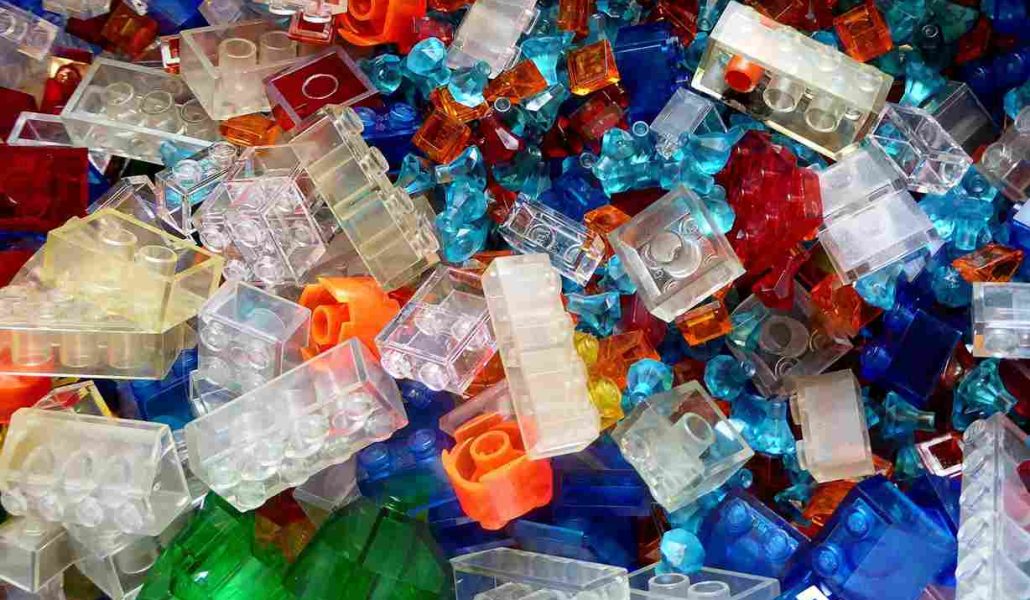
Here are 7 injection-molded thermoplastics:
Acrylic or Polymethyl Methacrylate (PMMA)
Polycarbonate (PC)
Polyethylene (PE)
Polypropylene (PP)
Polyethylene Terephthalate (PETE or PET)
Polyvinyl Chloride (PVC)
Acrylonitrile-Butadiene-Styrene (ABS)
There is a dizzying array of different polymers to choose from
Plastic injection molding is one of the most powerful and extensively used production methods that are used today
This is not surprising considering that injection molding can offer outstanding shapes at a low cost, making it easy to understand why
In recent years, there has been a shift toward bioplastics and reducing plastic consumption; the Queensland Government banned plastic bags on July 1, 2018
Bioplastics are made from vegetable fats and oils, corn starch, or microorganisms
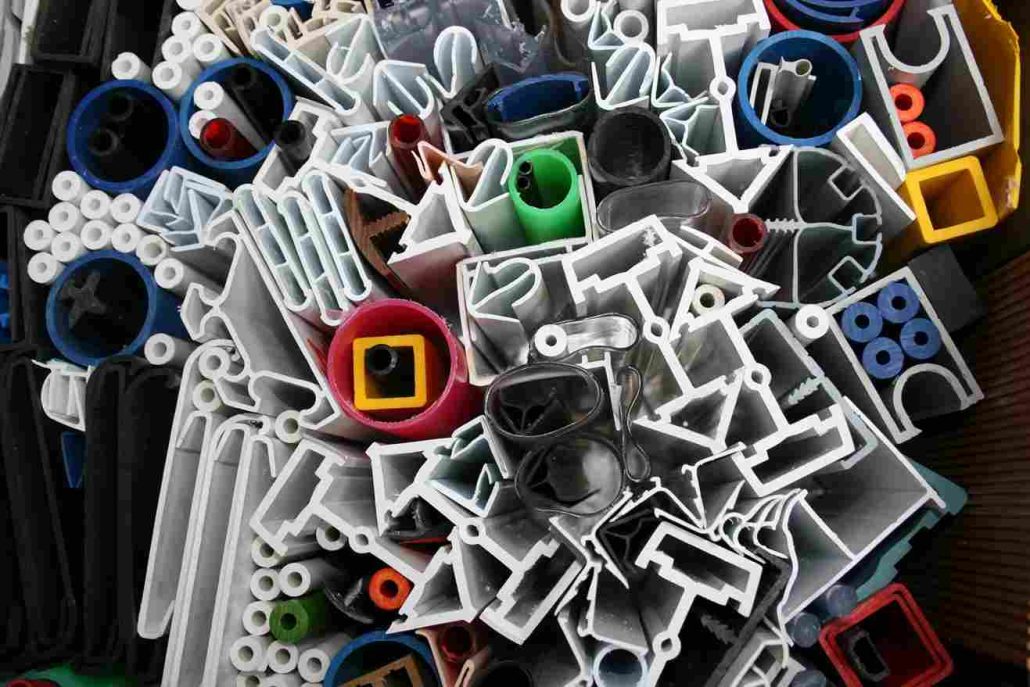
They’re easier to recycle and have a lower carbon footprint than petro plastics
Plastic materials examples
Here we will introduce some examples of plastic and polymer materials
You should know that Many of polymers are also compostable, however this does not imply you can throw them in your ordinary compost bin and they will disintegrate
The majority of compostable bioplastics can only degrade in a high-temperature industrial composting plant
Having said that, bioplastics present an excellent potential for injection molding single-use disposable products such as flatware, coffee pods, and water bottles
Bioplastics that are popular include: Polylactic Acid (PLA)
It is similar to polypropylene (PP), polyethylene (PE), and polystyrene (PS)
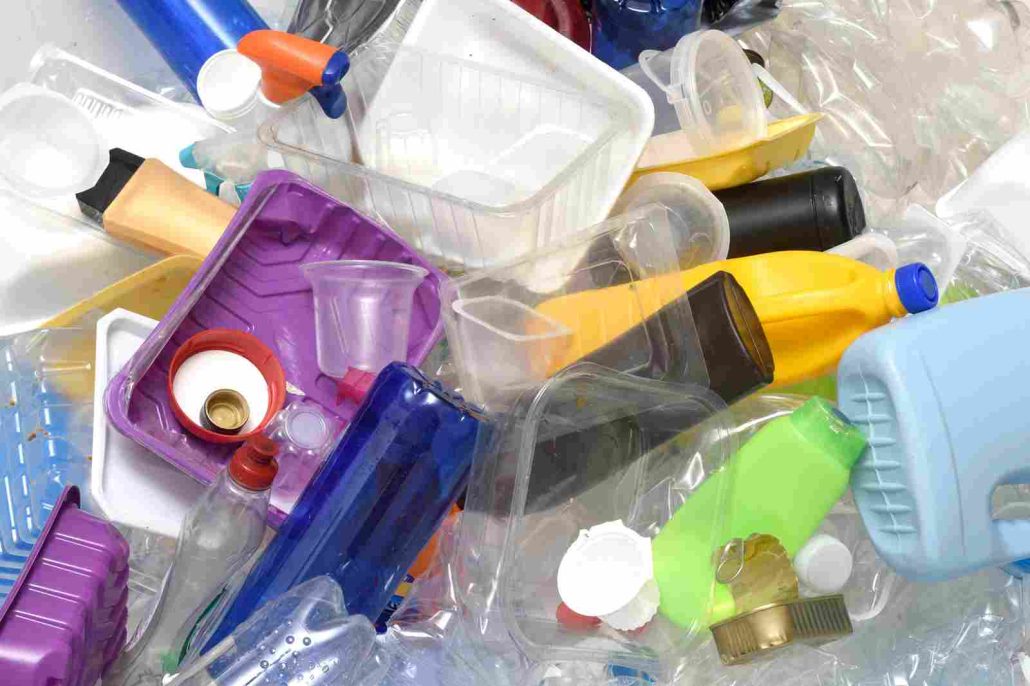
It can be manufactured using existing production equipment (those designed and originally used for petrochemical plastics)
PLA has the second highest volume of manufacture of any bioplastic
Starch that is thermoplastic (TPS)
The most widely used bioplastic in production, found in food storage bags and utensils
Thermoplastic starch (TPS) and grafted starch (TPGS) are made by combining ungrafted and grafted starch granules with water, glycerol, or sorbitol in a mixer
TPS and TPGS behave like plastic materials, and their mechanical properties are determined by the plasticizer used
Poly-3-hydroxybutyrate (PHB)
A polyester made by microorganisms that digest glucose, corn starch, or wastewater
Its properties are comparable to those of the petroplastic polypropylene
The physical properties of PHB are what set it apart
It may be manufactured into a translucent film with a melting point more than 130 degrees Celsius and is completely biodegradable
Hard plastic material
Plastic materials can be converted to harden or flexible and soft products
As hard plastic raw materials we can mention PC which we are going to discuss about it here
Polycarbonate (PC): Because of its high level of strength and stability, polycarbonate makes an excellent material for use in engineering
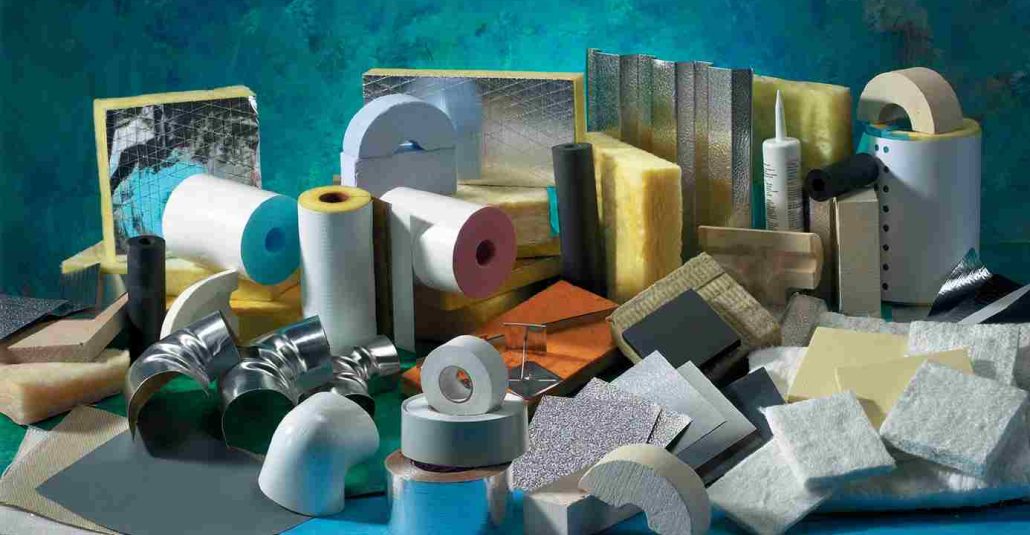
In spite of its 250 times greater tensile strength, it maintains the same degree of transparency as glass
Clear polycarbonate sheets have a strength that is thirty times greater than that of acrylic, and they are also simple to work with, mold, and either thermoform or cold form
Acrylic has a far lower tensile strength than clear polycarbonate sheets
Polycarbonate plastic, despite having extraordinary toughness and resistance to impact, displays a natural adaptability in terms of its design
This is because polycarbonate plastic is made up of many different types of molecules
When compared to acrylic or glass, polycarbonate plastic sheets have the capacity to be cut or cold-formed on site, which eliminates the requirement for pre-forming and fabrication
This feature is not available with acrylic or glass
Greenhouses, DVD cases, eyeglasses, and even riot gear worn by law enforcement have been found to be made of polycarbonate plastic
This versatile material is used in a broad variety of items
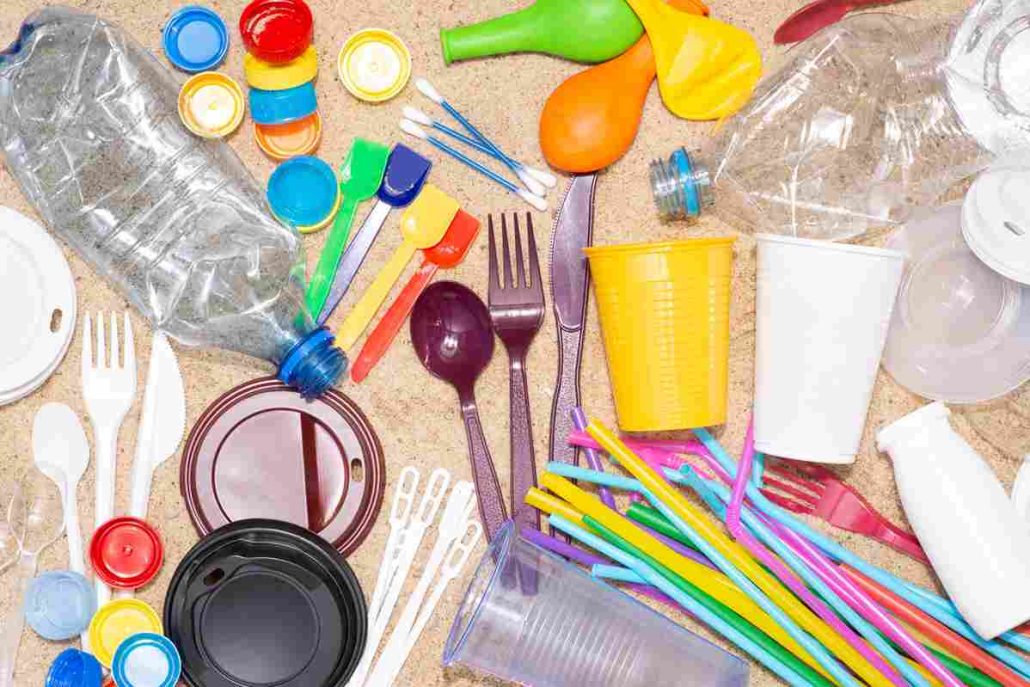
Here are some other products made from PC: Separator Polycarbonate is used to divide rooms
Lightweight sheet is easy to transport
Some are accordion-style so you can open and close them, and some have wheels for easy movement
Eyewear Polycarbonate sheet is impact-resistant, chemical-resistant, and flame retardant, making it ideal for safety glasses and goggles
Polycarbonate sheet provides more protection than conventional materials while keeping glasses and goggles small
Plastic material properties
Plastic has many beneficial properties which makes it unique and useful
Plastic, like synthetic fibers, is a polymer that can be molded into desired shape and size when soft and hardened to produce lasting objects
The name “Plastic” is derived from the Greek word “Plastikos,” which meaning “to mould,” and it refers to a wide spectrum of semi-synthetic or synthetic organic polymers
Varied types of plastics have different physical and chemical qualities
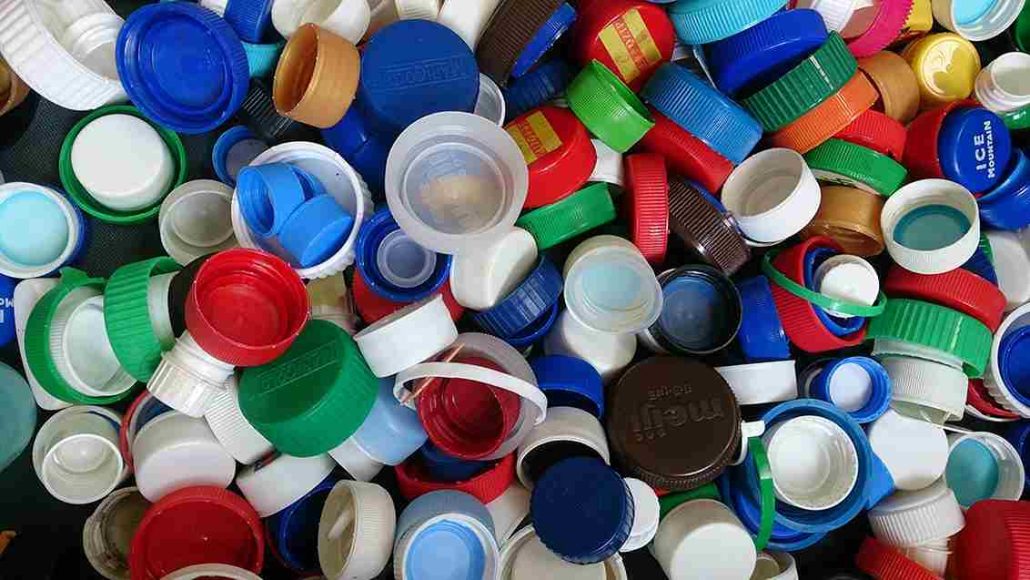
Many items, such as chairs, tables, buckets, toys, and balls, are constructed of plastic
They are both lightweight and chemically stable
It is easily formed into many forms and sizes
Low thermal conductivity and good insulation
They are impact resistant and do not rust
Transparency and wear resistance are excellent
Dimensional stability is poor, and it is easily distorted
Processing costs are low
There are two kinds of plastic: Thermoplastics The word ‘thermoplastic’ refers to plastics that do not change chemically when exposed to high temperatures
When heated, these polymers undergo no changes in their chemical structures or chemical compositions and can be softened and remolded several times
Polystyrene, Teflon, acrylic, nylon, and other materials are examples
Plastics with Thermosetting Properties
They are also known as thermosets, and they are plastics that can only be formed once and do not change shape when heated
These plastics can only be molded once and cannot be softened with additional heating
When exposed to high temperatures, these plastics degrade and become damaged
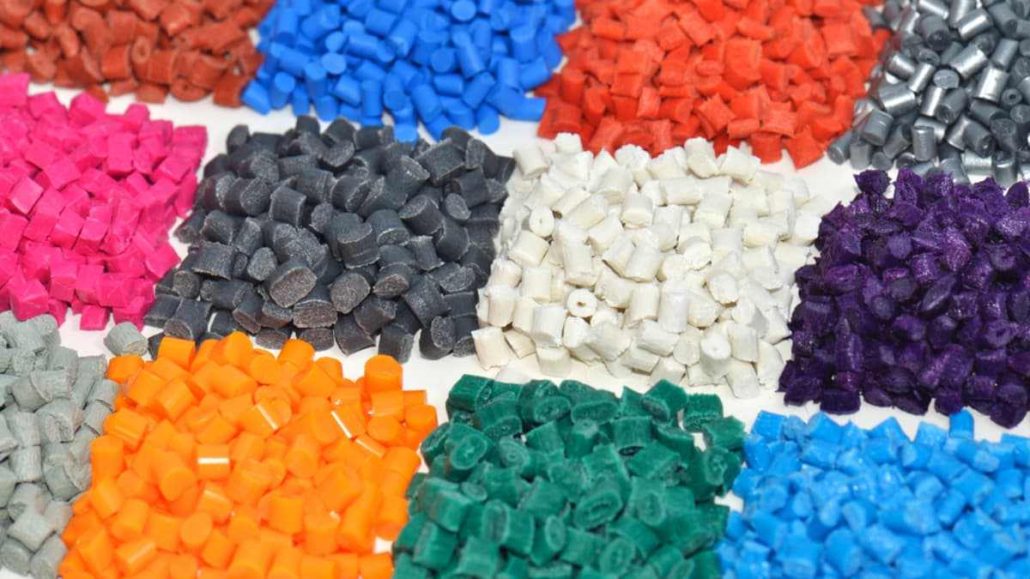
Vulcanized rubber, Bakelite, Polyurethane, Epoxy resin, Vinyl ester resin, and other materials are examples
Types of plastic PDF If you have read PDF plastic articles, then you must be familiar with its types
We are going to mention most common types and their attributes:
Polyethylene (LDPE) (LDPE)
Polyethylene is the most commonly used plastic on the planet
Because this form of plastic has the most basic chemical structure of any plastic polymer, processing is straightforward and inexpensive
Polypropylene (PP) (PP)
Polypropylene is more heat resistant and is utilized in hot foods
In terms of strength, it falls in between LPDE and HDPE
This type of plastic is also found in disposable diapers
Polystyrene (PS) is a type of plastic that is used to make food containers, egg cartons, disposable cups and containers, packaging, and cycling caps
In response to fatty foods and heat, polystyrene is hazardous to the brain and neurological system
It can also harm your DNA, lungs, liver, and immune system
It also received a low recycling rating
Thermoplastic Properties
Some thermoplastics are pricey and robust, and are used in place of metals, whereas others are used in everyday products

Thermoplastics possess the following characteristics: – There are numerous practical benefits
– Extremely strong
– Heat resistant and does not shrink
– It is easily bent
– A high rate of recycling
– They’re not heavy
– Low processing expenses
– Excellent chemical resistance
– Can be both heat and cold resistant
– Destroyed by strong pressure
– Some inferior types are melted
– Costs more than thermostats
